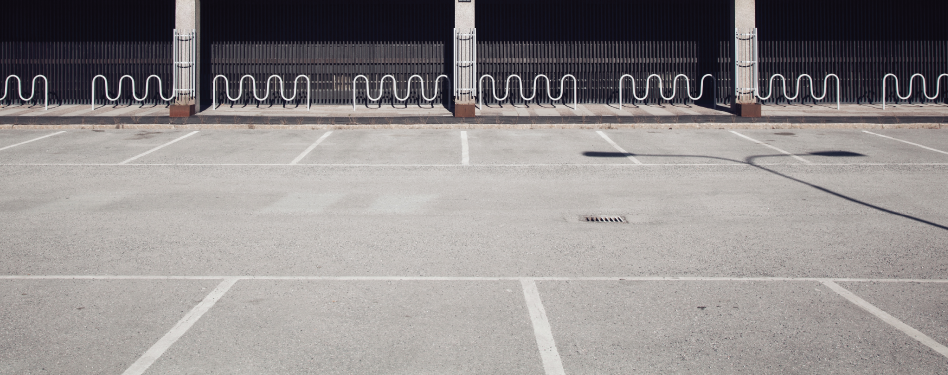
What are the benchmarks of a well-designed parking lot? In Rethinking A Lot: The Design and Culture of Parking, Eran Ben-Joseph explains:
A successful parking lot is one that integrates its site conditions and context, takes measures to mitigate its impacts on the environment, and gives consideration to aesthetics as well as the driver-parker experience. Designed with conscientious intent, parking lots could actually become significant public spaces, contributing as much to their communities as great boulevards, parks, or plazas.
For this to happen, we need to release ourselves from the singular, auto-centric outlook for the use of the lot. We need to reevaluate conventional parking requirements against evolving lifestyles and changing priorities. Above all, we need to accept that parking lots are primary settings for many aspects of public life for Americans, and for a growing number of others across the globe.
For something that occupies such a vast amount of land, and is used on a daily basis, the parking lot has received scant attention.
It’s time to ask: what can a parking lot be? It’s time to rethink the lot.
Looking to reimagine the lot? Check out Design Guidelines for ‘Greening’ Surface Parking Lots, which provides specific strategies and measures that developers, designers and reviewers of surface parking lots can apply to help meet policies and environmental performance targets of the Toronto Green Standard.
The guidelines address common urban design and environmental challenges found within and around surface parking lots.
In arguing for these guidelines in 2007, Toronto’s chief planner and executive director of city planning stated, “Typically, surface parking lot design focuses on accommodating vehicle movements, maximizing the number of parking spaces and ensuring ease of maintenance and servicing. Although these functional aspects are important, if applied alone, the urban design and environmental outcomes are often undesirable. Areas of concern include poor-quality landscaping, unattractive streetscapes, minimum regard for pedestrian circulation, safety and comfort, excessive stormwater run-off, and an increase in the urban heat island effect. ‘Greening’ the surface parking lot involves planting trees, providing good quality soil and generous landscaped areas, enhancing pedestrian and cycling infrastructure, managing stormwater on-site, reducing the urban heat island effect, and using sustainable materials and technologies.”
